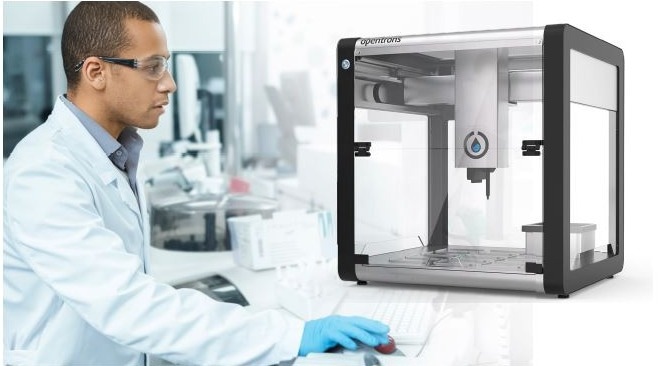Sponsored Content by OpentronsReviewed by Louis CastelMar 29 2024
High-quality Next-Generation Sequencing (NGS) data hinges on meticulous library preparation, and insightful sequencing relies on unbiased library coverage with good yields.
Unfortunately, library preparation is time-consuming, labor-intensive, and error-prone. Quality library preparation requires both time and money, which are often scarce resources for scientists. Thus, researchers often tend to find their ambitious goals constrained by a library-preparation bottleneck.
Now, with over a decade of optimization and refinement, developments in laboratory automation promise to alleviate this constraint, with the NGS library preparation process having benefited significantly from automation.
Summary
Automation
- Advance Library Quality
- Increase Throughput
- Decrease Costs
Automation offers the potential to enhance library quality, boost throughput, and lower costs.
Robotic systems can be integrated into various stages of the library preparation workflow, tailored to meet the specific requirements of a laboratory. Alternatively, an end-to-end automated workstation can streamline the entire process. The effectiveness of automation at each step depends on the alignment between the chosen system and the unique needs and challenges faced by the lab.
It is essential to consider these factors, along with the full costs associated with available automated systems in the market. While some costs may be less obvious and often overlooked, they have become increasingly apparent over the years as the industry has served laboratories

Image Credit: Opentrons